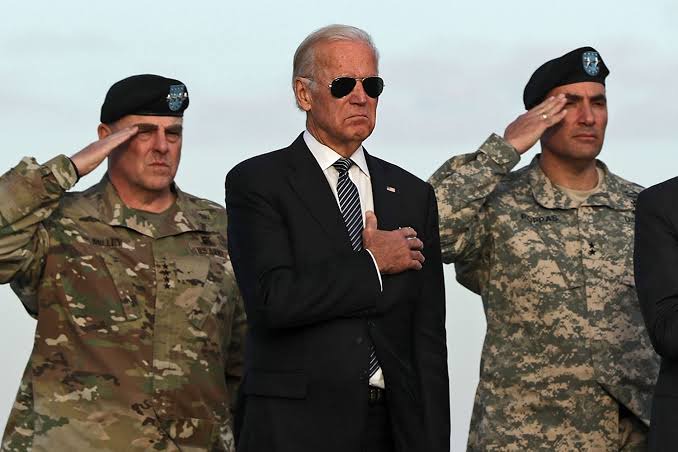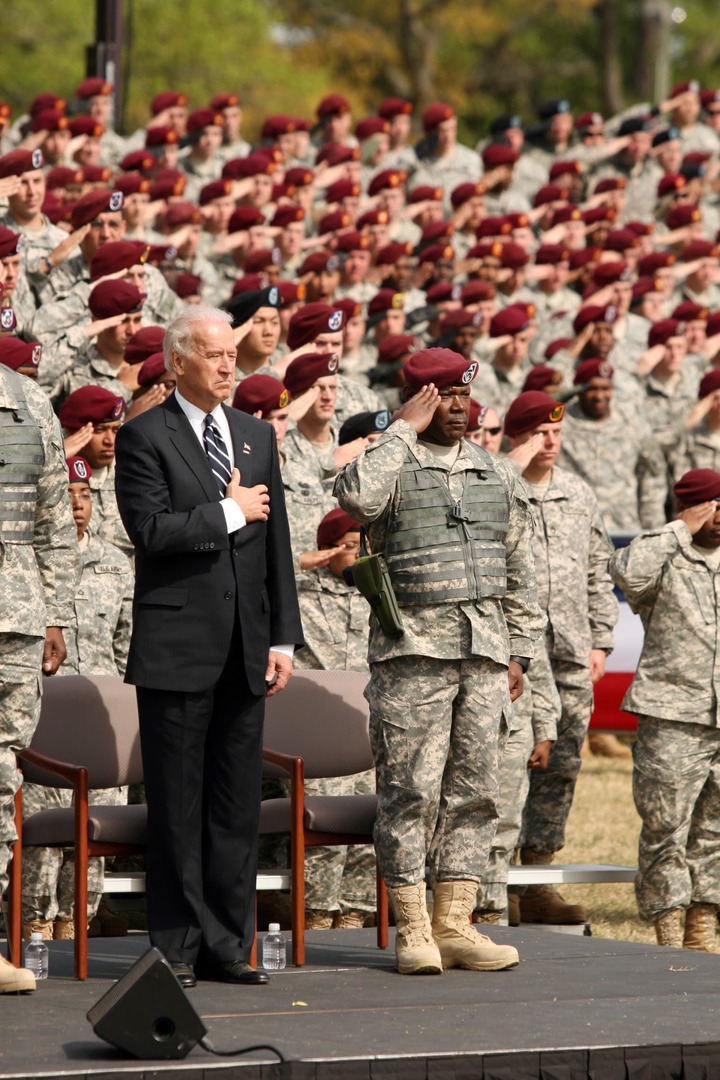
In the midst of a profound recruitment crisis, the U.S. military finds itself grappling with a critical shortage, sparking concerns about the looming specter of a military draft. Recent reports from The Associated Press on December 26 unveil a troubling decline in registrants within the Selective Service System, the entity responsible for maintaining information on Americans potentially subject to military conscription. This disquieting trend is compounded by the military’s ongoing struggles to meet recruitment targets, particularly evident in the aftermath of post-9/11 wars, where the total number of military personnel dwindled to 87,822 in 2019. The shortage of volunteer recruits has triggered serious discussions about the potential necessity of reintroducing a military draft to bridge the alarming personnel gap facing the U.S. (news-us.feednews.com) armed forces, ushering in a pivotal moment that harks back to historical practices during major conflicts. ( 📰 Landmark Supreme Court Decision Deals Blow to Joe Biden )

Historically, during major conflicts like World War II, the U.S. resorted to the draft to meet its military manpower needs, with 61.2% of U.S. servicemen during that period being draftees. However, the last draft unfolded in 1973, ushering in the era of an all-volunteer force. The prospect of a new draft raises critical questions about its potential ramifications on American society and the operational readiness of the military. As the U.S. navigates the complexities of low military recruitment numbers, the debate over reinstating the draft emerges as a contentious issue, eliciting strong opinions from both supporters and opponents. Proponents argue that reinstating the draft could ensure a more equitable distribution of the burden of military service and provide the necessary personnel to bolster the armed forces. Conversely, opponents voice concerns about the fairness of a draft, its potential encroachment on individual freedoms, and the effectiveness of a conscripted force in contemporary warfare scenarios.
In the nation’s ongoing struggle with the pressing challenge of low military recruitment numbers, the specter of a military draft remains a topic of significant public interest and debate. ( 📰 Impeachment Twist Unfolds as Nancy Pelosi’s Own Statements Pose Trouble for Biden ) Government officials and military leaders closely monitor the situation, diligently assessing the best course of action to address the personnel shortage and maintain the country’s defense capabilities. The emotional weight of this situation reverberates throughout the nation, raising profound questions about the future of military service, individual freedoms, and the intricate balance between national defense and civic liberties. As the discourse unfolds, the collective gaze of a politically mature audience remains fixed on the decisions that will shape the trajectory of the U.S. ( 📈 The Substantial Cost of Migrant Welfare Financed by American Taxpayers During Biden’s Administration ) military and, by extension, the fabric of American society.

